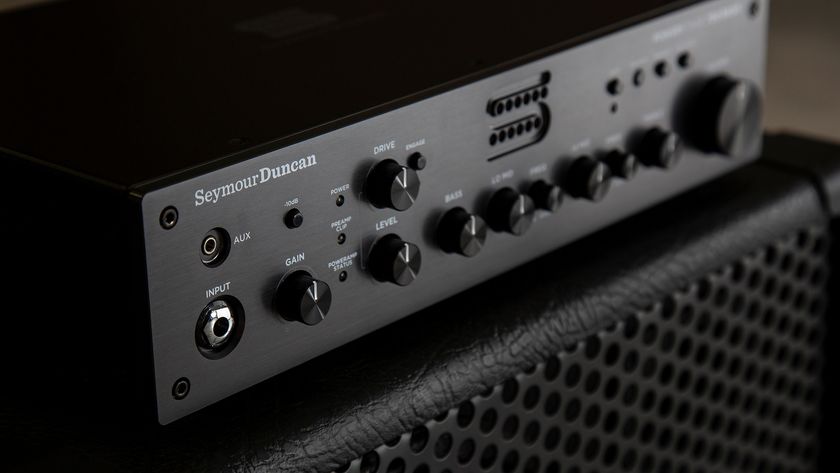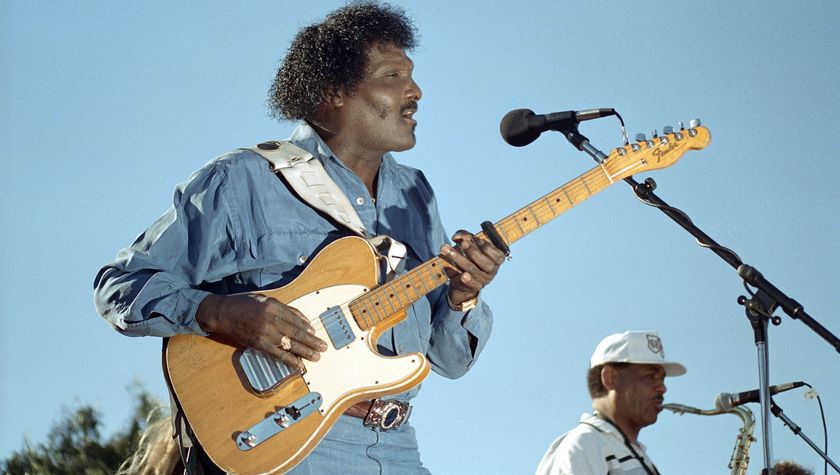Thoughts on Caring for the Elderly (Guitar)
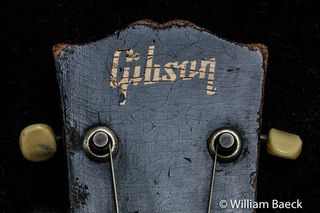
What’s brown and sticky? Nope. Also nope.
It’s a 60-year-old fretboard. Assuming we hang around long enough, we all get old and a bit funky; we break down and require more delicate handling and more trips to the doctor to get one part mended and another part replaced.
We need more care as we age. It should be no surprise then that our guitars, amps, and pedals are the same way. Some results of equipment getting older are inevitable: wood dries out, so do capacitors, while oxygen gets into tubes. It’s OK, Simba; this is all part of the circle of life.
But other causes of premature aging are under our control and avoidable: a younger guitar that’s been played hard and poorly maintained is probably in worse condition than an older instrument that’s been played gently and stored carefully. Take the example of the 1950 Gibson J-45 I wrote about previously. It had a rough life before I bought it—played to pieces in an Industrial goth band until the finish was worn to furry bare wood, gouged and banged around until a chunk of guitar broke off at the heel. The lack of care from the previous owner cost me a few hundred dollars before I could bring the guitar back to playable condition.
But at least now it should be good for many years to come. Meanwhile, my 1928 Martin 0-28K was played for decades before I was even born, but maintained well and stored faithfully in its case (while the J-45 didn’t even have one). As a result you’d never guess the Martin is nearly 90. It looks like a teen. Still, even with care, older equipment needs upkeep and perhaps some basic repairs. If you’re buying used, it’s wise to put this into the equation before you purchase, especially as a used guitar, pedal, or amp is a lot less likely to be covered by a warranty should something wear out or fall apart. With my guitars—one well looked after and the other used for batting practice—both required work over the years.
Both, for instance, have had neck resets. Not a shock, considering the decades of string tension pulling on the neck joint and top. I’m not knocking old guitars (besides, that’s really bad for them). But I recognize some of the things that make them sound good also make them subject to wearing out: the passing years that dried the wood and finish also made my guitars prone to cracks, splits, and loose braces.
So this is just a reminder. If you like the way your gear currently plays and sounds, keep it in good working order so that it continues to play and sound great. Perform some regular maintenance. If it’s been a while maybe take that older amp or guitar in for a checkup just to see if anything needs fixing before if fails completely.
Get The Pick Newsletter
All the latest guitar news, interviews, lessons, reviews, deals and more, direct to your inbox!
Caught early, a loose brace in a guitar top is a lot cheaper to re-glue and clamp than waiting until the brace has completely detached, especially when it causes the top to bulge and deform, leading to a neck reset or a new top. Don’t ask me how I know. Just look after your loved ones. Remember, the guitar you save may be your own.
William Baeck is a writer, photographer and hack guitarist living in London. You can check out his webpage at williambaeck.com and reach him on Facebook andTwitter.
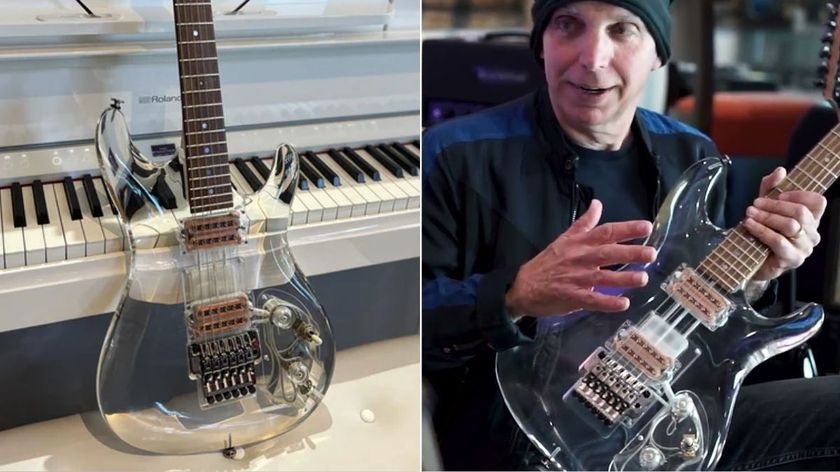
“When I saw it, I couldn’t believe how cool it was”: Joe Satriani is selling one of his rarest guitars – an ultra-ambitious Ibanez Y2K Crystal Planet prototype

“They’re basically Les Paul copies, let’s be frank. It’s a Les Paul-style guitar and I already have amazing Les Pauls”: Kirk Hammett owns over 100 guitars but none of them are PRS. He explains why
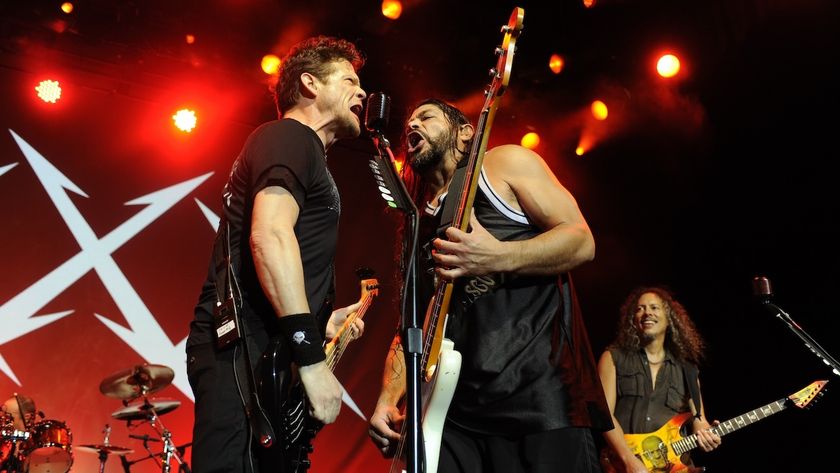

![[L-R] George Harrison, Aashish Khan and John Barham collaborate in the studio](https://cdn.mos.cms.futurecdn.net/VANJajEM56nLiJATg4P5Po-840-80.jpg)
